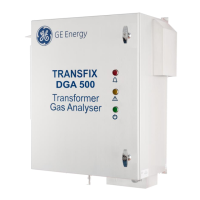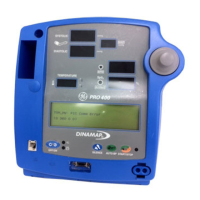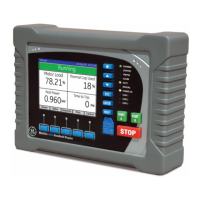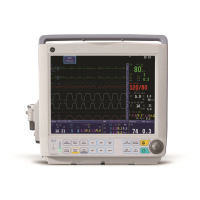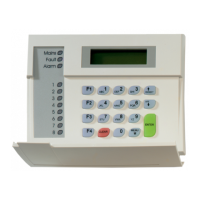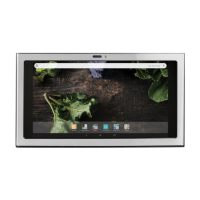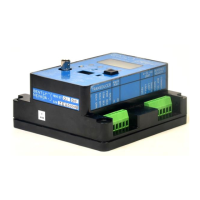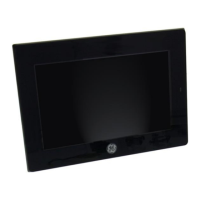Alarms
2000966-386D Dash™ 3000/4000/5000 4-3
Smart Alarms
Alarm processing for each parameter is not activated until the monitor has detected
valid physiologic data from the patient. This allows you to admit a patient and
proceed with necessary patient connections without bothersome alarm tones. When a
new parameter is added during monitoring, the alarm processing for that parameter is
not activated until valid physiologic data has been detected.
NOTE
To properly use the Smart Alarm feature, remove all patient cables connected to
the acquisition device and perform a patient discharge before admitting a new
patient. This assures that no data remains on the monitor after the discharge. See
Discharge on page 5-6.
NOTE
When the Auto Admit feature is enabled in MONITOR DEFAULTS, the
monitor will automatically admit the patient after 30 seconds of continuous ECG
or SpO
2
physiologic data has been detected. No parameter alarms will be
activated until the monitor automatically admits the patient. The capability to
manually admit the patient is still available at any time. See Automatic Admit on
page 5-4.
WARNING
After an interruption of the electric power supply (e.g., for an
emergency power test), you must check whether alarm processing is
active again, and whether an arrhythmia has occurred while the
power supply was interrupted.
Alarm Types
Patient Status Alarms
Patient status alarms are the highest priority alarms. They are triggered by a patient
condition which exceeds a parameter’s alarm limits or by an arrhythmia condition.
There are four levels of patient status alarms.
CRISIS — Life-threatening events. CRISIS alarms sound until silenced by the
user.
WARNING — Serious but non-life-threatening events. WARNING alarms sound
until the condition is resolved.
ADVISORY — Events that require monitoring, but are not serious or life
threatening. ADVISORY alarms sound until the condition is resolved.
MESSAGE — Additional information only; no alarms sound.
The monitor’s response to patient status alarms is as follows.
